If Bridgerton was a 90’s rom-com, Anthony certainly wouldn’t be head over heels lusting over a dark-skinned girl from India carrying the proud last name of Sharma. Socially awkward nerdy sidekicks and scientists drained of any charisma are the roles mainstream Hollywood films and television have assigned to us Indians. Growing up, most South Asians couldn’t identify themselves with the world’s top celebrated love stories, because no one in the leading pair looked anything like them. However, recently, there has been a shift in the industry. Desis are claiming their space on international screens as the sexy icons they are, and we are all here for it.
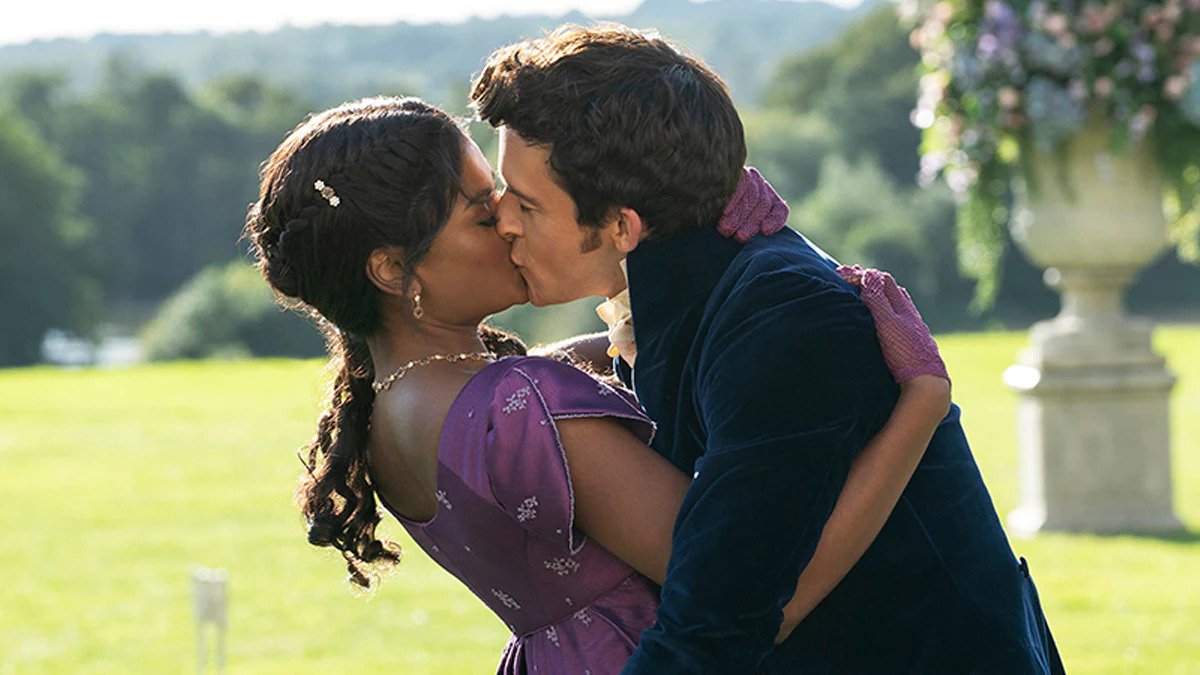
13 years from today we had Twilight which sparked a pop-culture phenomenon and set the global standard for epic romance. Every teenage girl desired the dreamy baby blue eyes, chiselled jawline and sparkly snow-white skin that Edward Cullen so fashionably sported. I mean can you blame us? Rober Pattinson was named the hottest man alive according to the Golden Ratio of Beauty Phi, an ancient formula designed by Greek mathematicians to measure physical perfection. The man is scientifically gorgeous! However, in India, 13-year-old me and like-minded, impressionable prepubescents could only daydream about desiring such a man. Never in our wildest imagination could we land him. Why? Because Hollywood told us so.
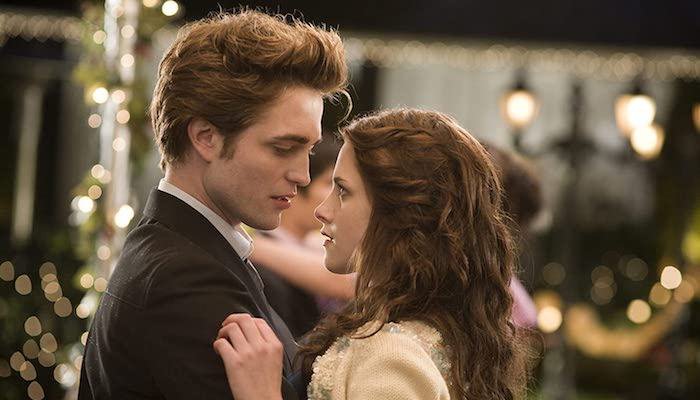
The early 2000s were the golden age of cheesy romantic comedies. From Heath Ledger getting paid to woo Julia Stiles and eventually falling in love with her in 10 Things I Hate About You to Ryan Gossling shedding his hard, playboy exterior for Emma Stone’s law student who was just out of his reach in Crazy, Stupid, Love, the desire for a heartwarming happy-ending was at an all-time high. But there was something all popular rom-coms had in common. No, it wasn’t the love. It was the all-white star cast virtually devoid of people of colour being swept off their feet, only being confined to taxi drivers and heavily stereotyped five-minute roles. Historically, Hollywood has rarely cast South Asians, and if they did, it was certainly not as love interests.
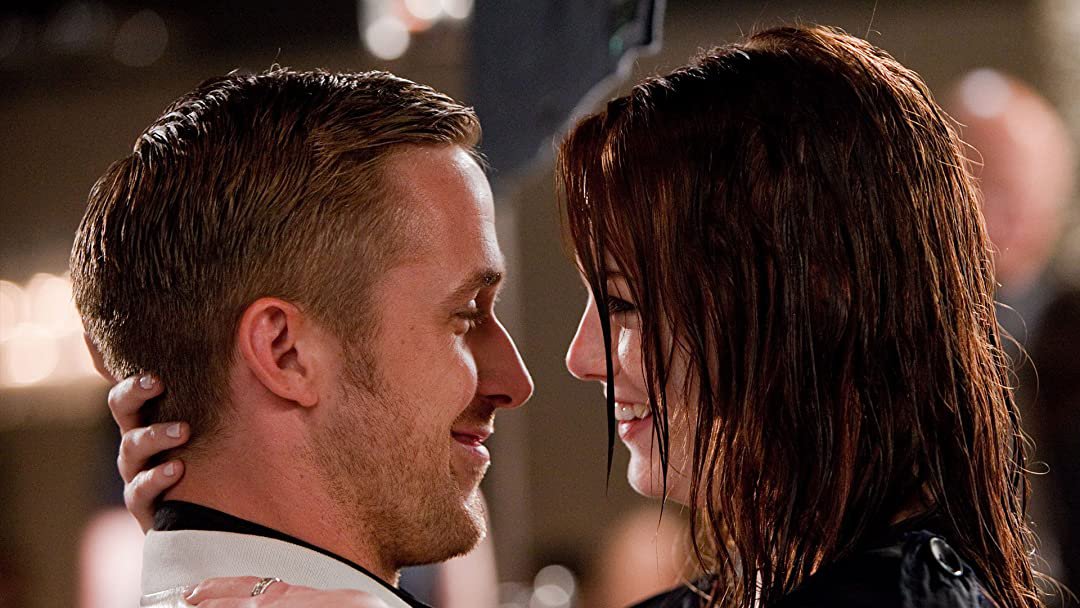
Contemporary Indian culture subdues an outward expression of sensuality. We are not encouraged to love, to desire, to have passionate trysts. Instead, our sexuality is repressed under the guise of modesty and morality and we are simply to pick a partner that society deems best. Pair that with a non-existent romantic representation on the global entertainment stage and you get the notion that brown people aren’t worthy of a passionate, idyllic, fairy-tale romance. We are not attractive enough to meet the global standard.
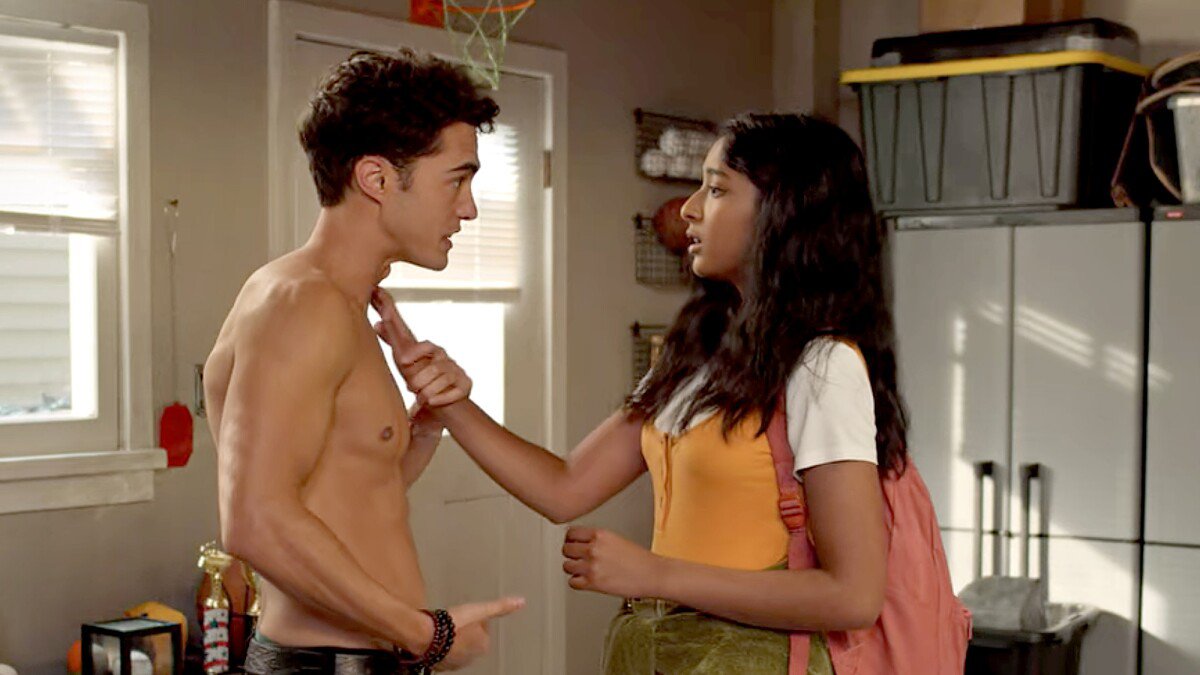
The abscence of a collective desirability towards the South Asian community only makes it harder for us to see ourselves as sexual beings.
What we watch on our screens directly influences how we see ourselves and how we see other people. Not showcasing Indian people as viable love connections can perpetuate harmful stereotypes, exclude an entire community of more than a billion and push them into a niche of undesirability. This leads to detrimental consequences on mental health including self-esteem issues, inferiority complexes, colourism and the rampant idealization of predominantly white beauty standards, just to name a few.
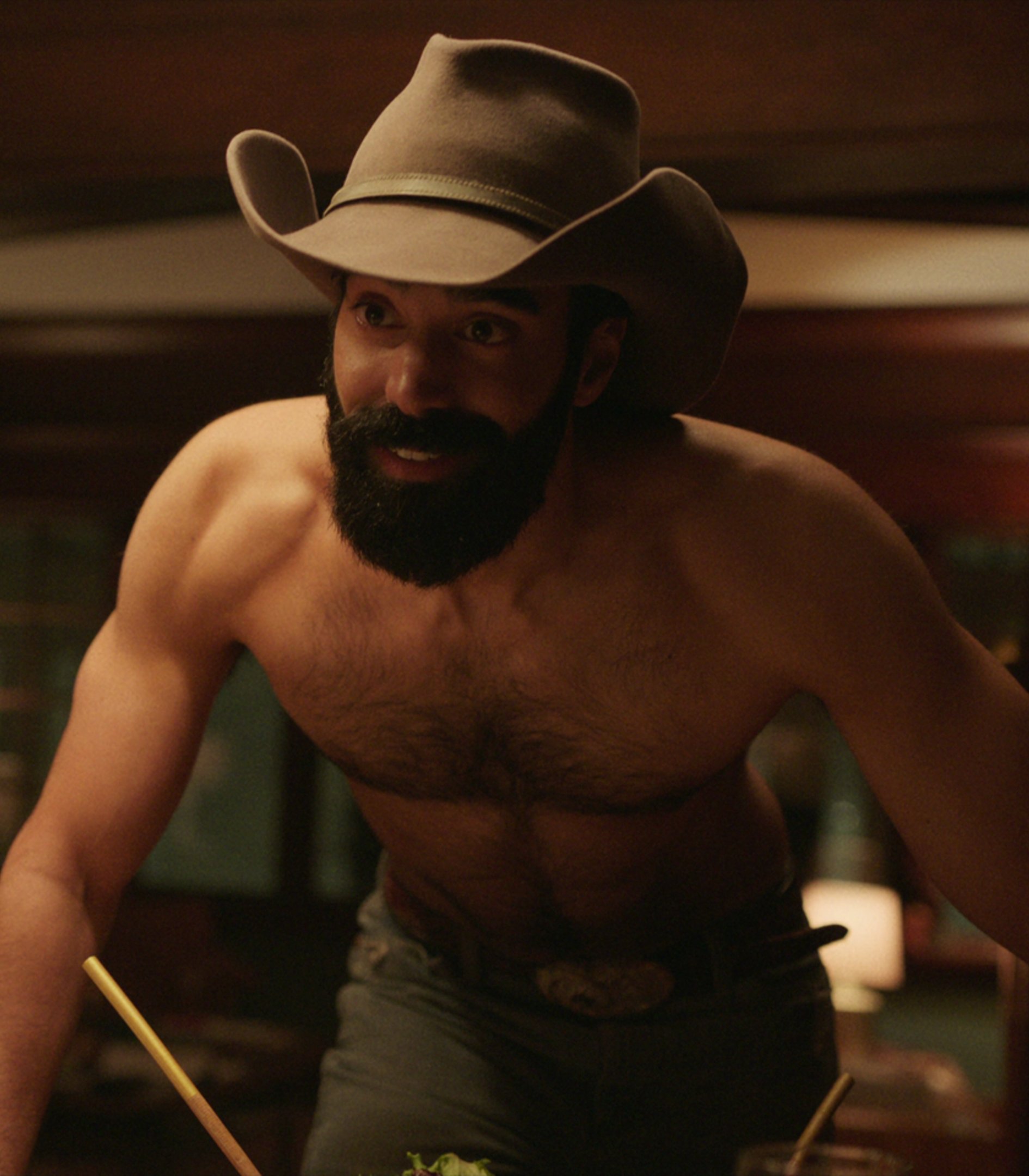
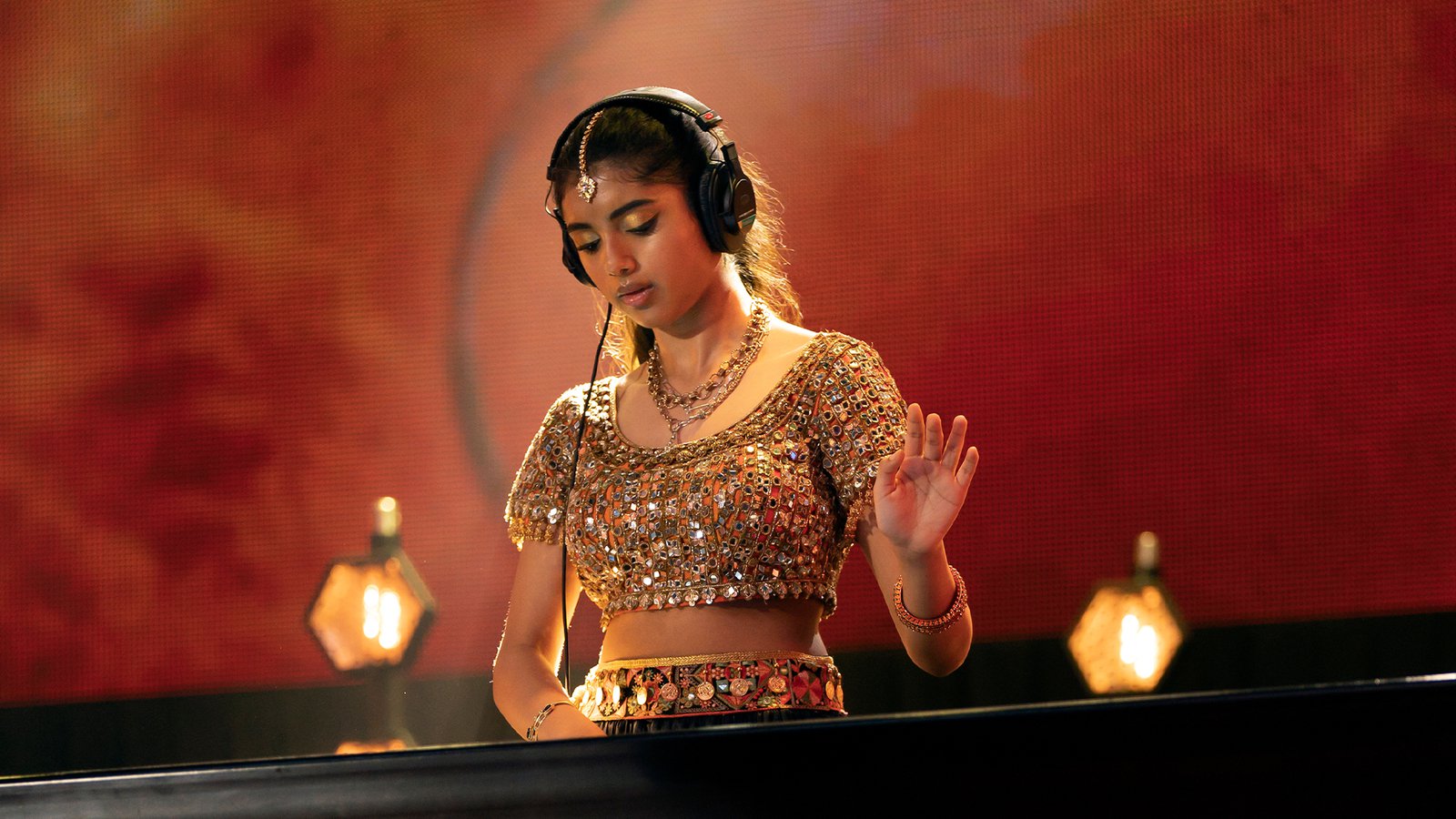
When I was growing up as your average Indian teenager, I could never see myself as beautiful or sexy because I could never relate to my favourite actors on screen who were exactly that. I looked and lived nothing like them! Naturally, I felt undesirable or unworthy or unfit for the kind of romance they depicted on screen. I’m sure others my age felt the same. Now for the first time, I feel seen and heard in mainstream media. There now exist storylines that fill the gap of diverse content I missed seeing growing up, so young minds do not experience the same exclusion I did. As more of these characters shine in the public eye, the more our own realities are reflected. Not only do they help subvert conventional clichés, but they also help fellow Desis fully embrace their sexuality.

















